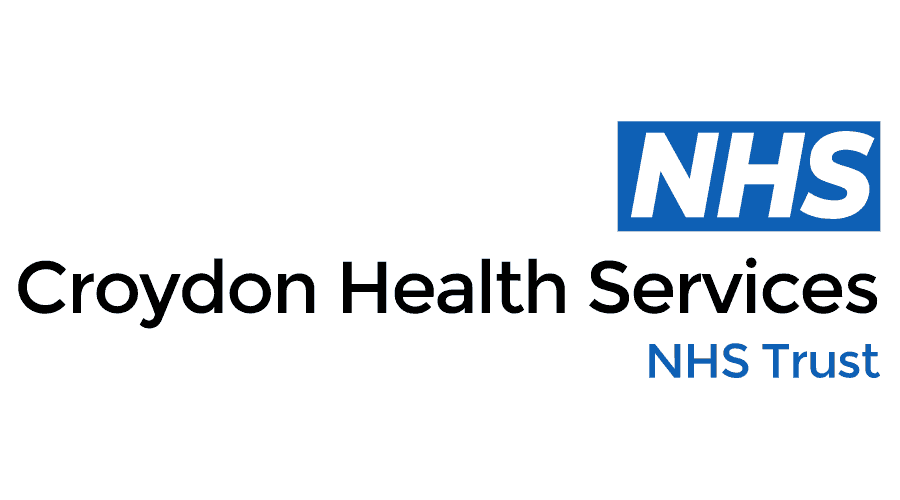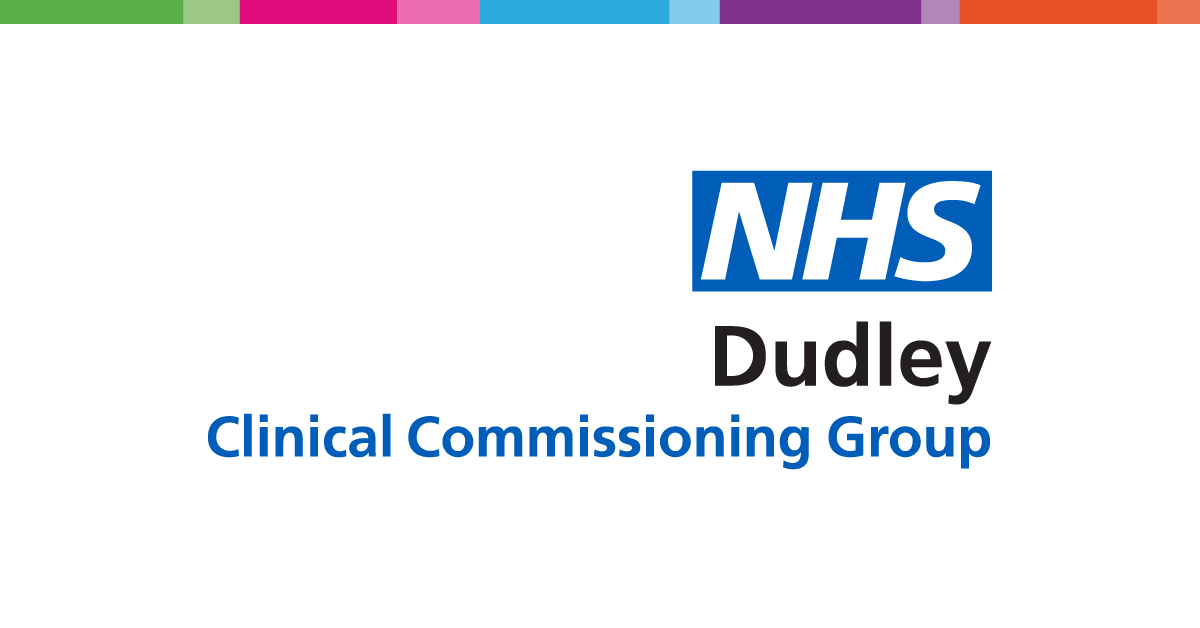Membership organisations, such as Royal British Legion, the General Medical Council, and the Royal Society for the Protection of Birds, are entities that unite individuals or businesses with shared interests, goals, or professional fields.
They face several significant challenges in governance, strategy, and leadership, particularly as they adapt to evolving member needs and external pressures.
- Strategy: Staying relevant is a critical concern. As industries change and new competitors (such as digital platforms offering similar benefits) emerge, traditional membership models may struggle to offer sufficient value. Organisations must rethink how they deliver member benefits, such as offering more tailored resources, digital services, and professional development opportunities. Additionally, they face pressure to balance income generation—often from membership fees or events—with their mission, particularly for non-profits or charitable organisations.
- Leadership: Leaders in membership organisations may find themselves dealing with the challenge of managing change. They must steer the organisation through digital transformation, member expectations, and often fluctuating resources. Navigating intergenerational leadership transitions where younger professionals expect a more collaborative and flexible structure is another challenge. There’s also increasing pressure on leaders to demonstrate ethical leadership, particularly in terms of inclusivity and sustainability.
- Governance: One key issue is member engagement in governance. While members have voting rights and a say in leadership elections, participation can be low, leading to a lack of diversity in decision-making. This can result in a disconnect between the leadership and the broader membership base. Balancing transparency and accountability while maintaining agility in decision-making is another challenge. Many membership organisations are also grappling with modernising their governance structures, especially as digital platforms make it easier for members to demand more direct involvement and access to real-time information.
GGI has worked with membership organisations on all of these challenges, drawing on a range of tools designed to improve governance, strategy and leadership. In particular, our range of maturity matrices enables organisations to assess their governance maturity across a number of dimensions, such as leadership, risk management, and member engagement. This helps organisations identify areas where they may need to evolve, especially when adapting to new challenges like regulatory changes or shifts in member expectations.
Depending on the task in hand, our process would cover a diagnostic phase to assess the strengths and gaps within the current governance structure and evaluate policies, decision-making, and risk frameworks to assess the board’s effectiveness.
We look at how stakeholders are engaged and how strategy is created—the extent to which this is collaborative, or the board is simply an approvals body. This looks into mission, values and purpose, which should then be a part of the culture and ethical standpoint of the organisation.
Finally, we look at their appetite for change and how it is developed and introduced—is leadership development in place and how effectively does the body monitor and evaluate its effectiveness.
Let GGI help you to face some of the perennial issues facing membership organisations, including:
- engaging members and demonstrating value
- recruiting and retaining new members
- aligning your organisation’s mission with member needs
- managing financial sustainability
- effective governance and leadership accountability
- navigating digital transformation and remote engagement
- advocacy and representing member interests.
We'd love to hear from you



